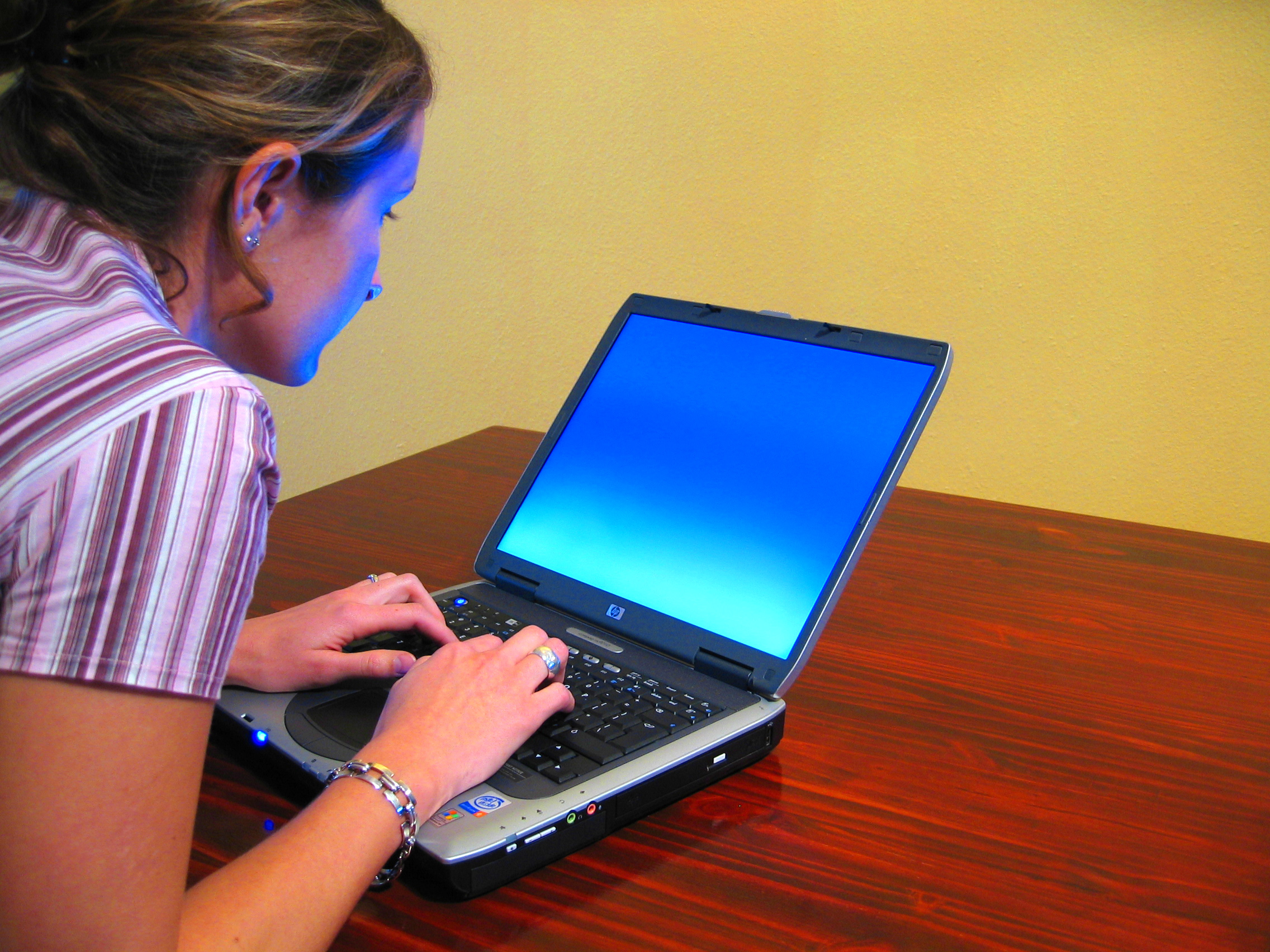 |
| Photo by Matthew Bowden, Wikimedia Commons |
Please excuse a short tech column this week. I'm writing
this column, but with one eye is on the box that contains my new iPhone 5,
which arrived just a few minutes ago. As soon as I've finished writing it will
be iPhone Day for me.
The first few iPhones were a pain to move into.
Reinstalling apps and re-organizing icons were two tech tasks that were only
slightly less painful and aggravating than moving into a new desktop computer.
Only when Apple inaugurated iCloud backup did the process become seamless,
"magical" as Steve Jobs probably would have said. All I need to do
--in just a few minutes from now-- is turn my new iPhone on, enter in my Apple
ID and password and have a cup of hot tea while my old iPhone's memories are
transferred into my iPhone 5.
Which kind of sort of brings me to the subject of this
week's tech column: Getting a new computer for free. A couple of weeks ago I
wrote about how my computer was suffering bouts of BSOD, "blue screen of
death." I decided that the best course of action was to fire up the
"restore factory settings" function and turn my old computer's clock
back to the day it was born.
That's a somewhat scary thing to do because it means that
I have to restore everything on my computer: Data, programs, settings, wifi
connection, icon organization.
But restoring a computer to its original factory settings
will wipe out all software problems. Restoring a computer to its factory
settings will make it turn back into the fast, trouble-free computer it once
was. One minute your computer is a slow, swear-word inducing piece of crap, and
the next, it's a swift, responsive machine.
Windows computers come with a feature that lets you
restore your PC to the way it was when you first powered it on. It's a great
feature, but as I mentioned, it does come with baggage: You have to configure
your new computer again. If your computer is just running slowly, then it may
not be worth the time and effort to resinstall everything. If your computer has
become an unreliable piece of junk, then go ahead and restore your computer to
the way it was when you unboxed it.
Before you proceed, you do have a backup of your data,
right? A local backup on an external drive and a backup in the cloud? Backups
fail, too; check that your stuff is backed up before you restore your computer,
a process that can wipe out your data.
After you've returned your computer to its original
configuration, I recommend these steps to get your computer working smoothly:
- Update Windows. That's going to take a while, but it's mostly an automated process.
- Uninstall the anti-virus software that came with your PC and install Microsoft Security Essentials, http://bit.ly/vOEugL . Microsoft's anti-virus program is terrific and free; you won't have to pay a subscription fee
- Install the browser of your choice and set that as your default Internet browser.
- Download and run PC Decrapifyer, www.pcdecrapifier.com. Your PC probably came with a host of junk --games, browser toolbars, for example-- that you don't need and may actually slow down your PC.
And enjoy your old, new computer. It's like getting a new
computer for free.
---
Bill Adler is the co-publisher of the Cleveland Park
Listserv, www.cleveland-park.com.
He is the author of "Boys and Their Toys: Understanding Men by
Understanding Their Relationship with Gadgets," http://amzn.to/rspOft. He tweets at
@billadler.

Hi,
ReplyDeleteThanks for taking time for sharing this article, it was excellent and very informative. Its really very useful of all of users. I found a lot of informative stuff in your article. Keep it up.
Thanks;
Android application
Yeah, we all dread that blue screen. Hehe. Restoring your computer to its factory settings will make it boot and run faster, but that doesn't assure you that it wouldn't crash again. A good tip would be to install a registry software and defragment your computer on a regular basis. This way, you can be sure that your computer is free of malware, and is running efficiently. :)
ReplyDelete